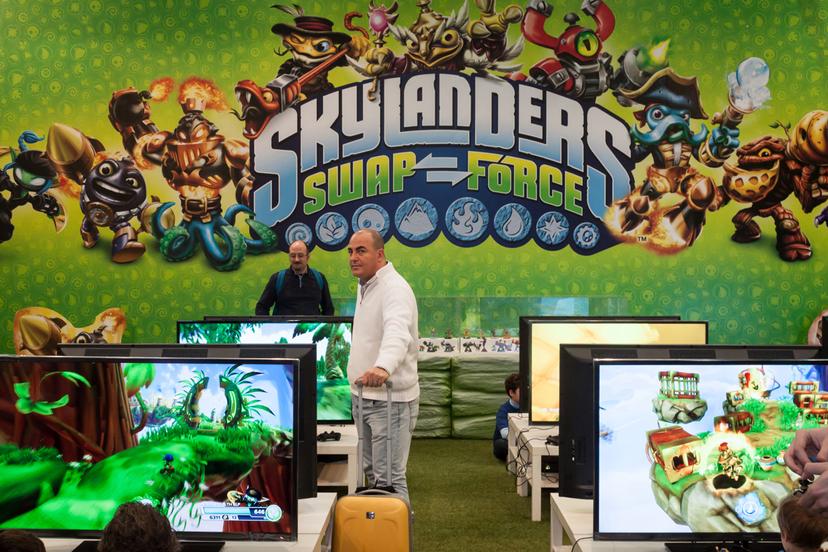Computer and Video Game Design

Structure
One market research company ranked the top 10 highest earning video game companies of 2018 as follows:
- Tencent
- Sony
- Microsoft
- Apple
- Activision Blizzard
- NetEase
- EA
- Nintendo
- Bandai Namco
This is a mixed list, with companies that vary widely in terms of how they earn their revenue. For example, Microsoft manufactures both hardware and software for games, as well as marketing Skype, Windows Phone, and some other media products. Activision Blizzard and Electronic Arts are publishers of game software. The list gives a good idea of the complexity and volatility of this industry.
Hardware and Software Platforms
Console sales totaled $7.5 billion in the United States in 2019. Worldwide, the top-selling hardware platforms in 2018 were Sony's PlayStation 4, Nintendo NS, Microsoft's XBox One, and Nintendo 3DS.
Like most electronic products, most game consoles and hand-held devices are now manufactured in China. However, many of the computer engineers who do the research and development work are located in the United States. For example, Japan's Sony has an R&D center in Foster City, California. The industry also helps support R&D centers in academic settings. The Institute for Virtual Environments and Computer Games at University of California, Irvine, was partly sponsored by the publishers Blizzard Entertainment, Ubisoft, and Supervillain Studios. Major donations from Electronic Arts to the University of South California helped establish a master's program in interactive media, created an endowed faculty chair, and funded the EA Game Innovation Lab.
Game software helps support R&D for many platforms other than consoles, such as smart phones and tablets. The engineering work on these hardware platforms, on virtual machines such as Java and Flash, and on browsers happens mainly in the Silicon Valley and other hubs of the technology industry. One reason game software companies cluster together is the volatility of the industry; if one firm goes under, the technical staff can find work at a nearby competitor.
Production Tools
The industry supports the continuing development of software tools that are used to produce and display the games. For example, map-editing software is used in production to create the layout of a virtual world. The game engine software that operates at run-time integrates specialized modules, often called middleware, that handle functions such as rendering graphics, detecting collisions of objects, playing sound, and running on a network. The publisher may be able to customize the game engine to give one game a unique capability. The game engine may be developed by a game publisher for its own use or by a vendor who licenses it to publishers. Hardware manufacturers develop software development kits for their software division and for licensing to independent producers.
Production Talent
Production of most video games involves a team of many talented workers, under the direction of a producer. Sometimes production oversight is divided between an internal producer working for a development company and an external producer working for a publisher.
The game designer sets the overall vision for the environment, rules, and structure of the game. The designer assigns writers to create dialog for scenes that are embedded in the game. The art director manages a team of artists, who may work in two or three dimensions or with animation. The audio director works with sound effect technicians, musicians, and voice actors. The music composer provides music that loops sometimes and changes at other times.
In a game that is divided into multiple levels of play, level designers use the game engine to bring together the various creative elements at each game level. Software engineers customize the game engine as needed. Testers provide quality assurance to detect bugs and anything else that detracts from the game's entertainment values. After the game has been shipped, programmers respond to bug reports by issuing patches to the software.
In large development companies, some of these creative workers may be on staff, but often they are freelancers working under individual contracts, or they may be on the staff of a specialized service provider.
Distribution
Publishers may market directly to retail outlets or work through a wholesaler. Online digital distribution is a rapidly growing channel that allows publishers to market directly to gamers. It is also making it easier for small independent producers to find a market.
